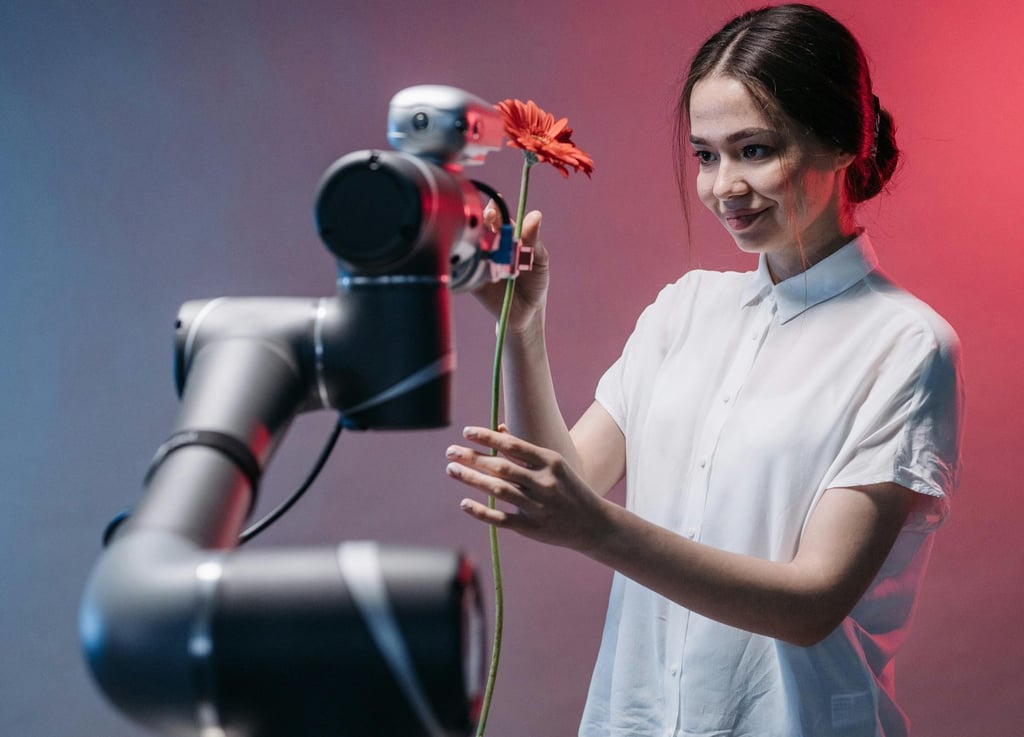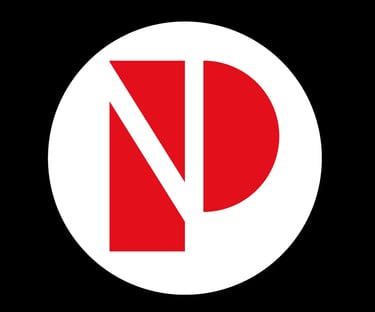Same Tools, different Rules: Gen Z vs Millennial AI Adoption Patterns
8/8/20255 min read


The AI revolution is here, and while both millennials and Gen Z are leveraging these new tools, they are doing so in profoundly different ways. From voice helpers and image creators to ChatGPT, AI is everywhere in our lives. Yet, the way these two cohorts use, trust, and integrate AI tools is telling about their divergent approaches to technology, work, and creativity. We not only care about these differences out of generational curiosity, but also because they have implications for educators, employers, and AI creators who wish to develop tools that serve various users.
Gen Z has never had to live in a world without smartphones and social media. They learn AI organically, something that shocks the older generations. They do not perceive AI as an enormous shift but consider it the next evolution of technology. This shift in the way they think affects the manner in which they learn about and implement new AI technologies in their everyday lives. While millennials are enthusiastic and care about AI, considering its implications and reading extensive manuals before applying it, Gen Z prefers to experiment first and ask questions afterward. They are comfortable with learning through experimentation, with AI technologies as with any other application they download and experiment with.
This generational gap is easier to understand when observing behavior and how they interact with technology. Millennials, who experienced the early days of the internet and watched numerous trends rise and fall, tend to take on AI more cautiously. They tend to search through tools thoroughly, read reviews, and consider long-term implications before implementing a new platform. Gen Z discovers AI tools on TikTok tips, friends' recommendations, or trending social media posts, and they add helpful tools to their workflows without a second thought.
The Practical Approach: Gen Z's Seamless Integration vs. Millennial Methodology
In real-world application, Gen Z has a highly fluid AI adoption approach that is entirely foreign to that of millennials. Gen Z users interact with AI tools as if they are the next natural extensions of their current digital arsenal, just as they may use Instagram filters or Snapchat capabilities. They'll soon integrate AI writing assistants into homework routines, image generators for social media visuals, and AI tutors for studying. They do it all with a spirit of experimentation and quick iteration multiple AI tools for one use until they settle on one that suits their particular purposes and tastes.
Millennials, however, tend to use a more structured approach when it comes to AI tools. They tend to read instructions, view instructional videos, and develop step-by-step plans before applying a new AI tool. This cohort tends to view the implementation of AI as a project, examining features, prices, and how it will pan out in the long term. While this cautious approach can lead to more effective utilization of the tools, it can also mean that millennials may overlook opportunities for novel or creative uses of AI that Gen Z uncovers through experimentation.
The implications of these different approaches on the workplace are profound. Gen Z workers surprise their millennial and Gen X bosses with their creative use of AI. They use ChatGPT to create marketing campaign concepts, AI image generators for presentation graphics, and AI transcription software for helping take meeting minutes. They see AI as a helper that supports them, not as a substitute for human creativity. Millennials in the workplace tend to use AI tools more conservatively, focusing on known uses such as writing emails, summarizing studies, or data analysis. They are more concerned with getting accurate information, checking AI output for facts, and knowing the capabilities of the tools they are using.
This generation gap also affects the way they learn and acquire skills. Gen Z students often use AI tutoring websites, AI chat partner language learning software, and code assistants without viewing it as cheating or an easy way out of school. They see AI as a method to learn faster, adjusting to their own speed and style of learning. Millennials using AI for skill acquisition are likely to utilize it as an aid to traditional learning processes, not the main method to acquire learning. They worry about overusing AI to learn basic concepts.
Trust, Privacy, and Digital Boundaries: Comparing Comfort Levels
The biggest difference between Gen Z and millennials in AI use is their ease of acceptance with data sharing, in regards to privacy, and trusting AI systems. Gen Z grew up while data were being harvested all the time and algorithms were tailored to them, and thus they usually feel at ease with AI tools needing personal data to perform at their best. They are okay with sharing writing samples, uploading a photo, or sharing personal info with AI systems to enjoy tailored experiences. Feeling at ease sharing data allows them to enjoy more benefits from AI tools that learn and adapt to their personal needs.
Millennials witnessed how online privacy was a concern and had major data breaches during their young adult lives. As such, they are apprehensive about what information they provide to AI systems. They will read privacy policies, know how long information is stored, and seek out AI tools that have strong privacy measures. This generation will tend to use AI tools that function effectively without requiring a lot of personal information, even if it means relinquishing personal touches. They also are more anxious about what the future will be like with AI data collection and will delete their AI chat history or use tools that value privacy.
The trust factor goes beyond data privacy and involves reliability and accuracy. Gen Z consumers will employ AI tools in a trust but verify mode. This is due to the exposure to social media algorithms and content recommendation. They know that AI tools have limitations and biases. As a result, they have developed fact-checking behaviors and vetting information. They are okay with using AI for brainstorming ideas or initial research, but they also appreciate the value of human oversight and verification. Millennials are suspicious of how trustworthy AI is. They ask to see training data, what the models can't do, and how precise they are before they will have faith in AI tools for high-stakes work. They cross-check AI output with regular sources and are worried about AI making something up or spreading false information. While this caution can avoid mistakes, it can also dissuade them from playing around with AI tools for creative or exploratory work where exact precision isn't the main priority. The consequences of these generational differences extend to how individuals interact with technology. As AI technology continues to transform education, work, and creativity, understanding how generations use these technologies will help us design inclusive and effective AI systems. Gen Z's native and experiential approach to capitalizing on tech provides insights into designing experiences and rapid experimentation with new concepts. Meanwhile, millennials' concerns with privacy, precision, and planning ahead inform responsible AI design. AI adoption in the future will be enhanced by the combination of Gen Z's experimentation and millennials' digital responsibility and planning ahead.
Discover all the information you need in one place.
© 2024. All rights reserved @ PictorialNuggets.com


